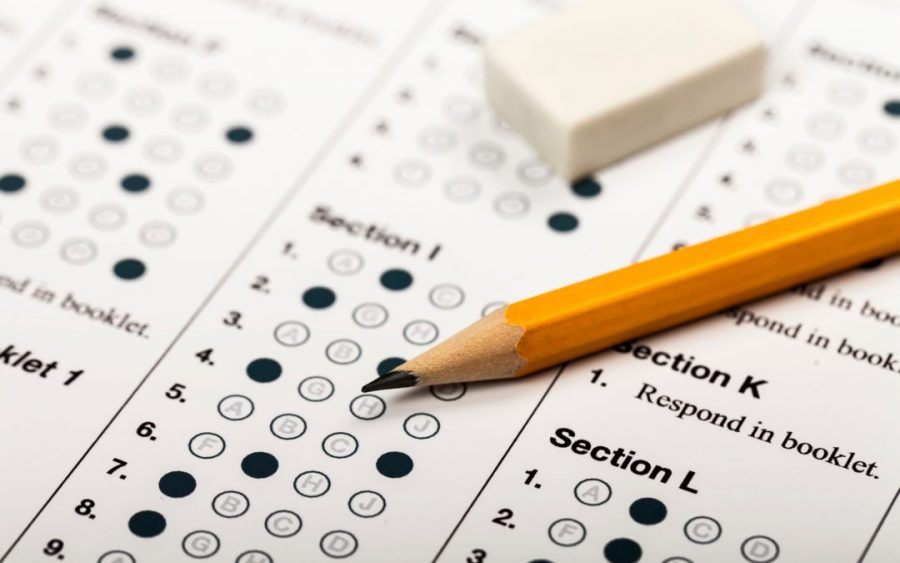The Anatomy of the PSAT
With the October exam dates soon approaching, PSAT season is nearing the MHS horizon. The PSAT is a preliminary standardized test, courtesy of the College Board, designed to prepare students for when they take their actual SAT exam with questions ranging from reading comprehension skills to Algebra ll and Trigonometry problems. For newcomers to the test, the PSAT is composed of four sections: Reading, Writing and Language, Math (no calculator), and Math (with calculator). Though only 4 sections long, the duration of the exam is approximately 2 hours and 45 minutes, including two break periods. In greater detail, the exam can be deconstructed as follows: sixty minutes for the reading section (5 passages and 47 questions), thirty-five minutes for the writing and language (44 questions), twenty-five minutes for the non-calculator math section (17 questions), and forty-five minutes for the 31 questions of the calculator-allowed math section.
The test will be administered on October 12 for eleventh-graders and on October 25 for tenth-grade students. For tenth graders, the PSAT is more about gaining experience surrounding standardized exams that are timed in this fashion and beginning to harness test-taking skills needed for the SAT. However, Juniors taking the PSAT are offered a larger incentive known as the National Merit Scholarship, in which high test scores are rewarded with the possibility of being recognized for a variety of different scholarships, many of which offer financial aid for college. Therefore, it’s highly recommended to study and prepare for this exam for junior year. For any last-minute studiers, Khan Academy is a great resource for free SAT prep service. Working in conjunction with the College Board, Khan Academy offers eight full-length, formerly administered practice SAT tests as well as a seemingly endless amount of practice exercises to help students gain a sense of what to expect on the exam. It is even possible to connect the Khan Academy service to a college board account, allowing it to tailor practice exercises to skills that can be improved based on previous SAT or PSAT performances.
However, with all that being said, more than 1,700 US colleges are test-optional, including Harvard, leading many to wonder whether the PSAT and SAT are obsolete. Despite student opposition, the PSAT is highly encouraged for MHS sophomores and is mandatory for all juniors, so be sure to arrive on time for the October test date with sharpened, number two pencils and a charged graphing calculator!
